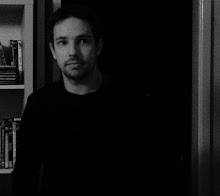 Images from Sidney Sime: Master of the Mysterious by Simon Heneage and Henry Ford - long out of print, but I was lucky enough to get hold of a fairly cheap copy. Born in Manchester, Sime (1867-1941) went, via the University of Liverpool, from a 'scoop-pusher' in the mines to a highly successful satirical and fantastic artist in London, but ended his days as a recluse in the Surrey countryside. He illustrated many of the stories of Lord Dunsany, in a collaboration that lasted fifteen years.
Images from Sidney Sime: Master of the Mysterious by Simon Heneage and Henry Ford - long out of print, but I was lucky enough to get hold of a fairly cheap copy. Born in Manchester, Sime (1867-1941) went, via the University of Liverpool, from a 'scoop-pusher' in the mines to a highly successful satirical and fantastic artist in London, but ended his days as a recluse in the Surrey countryside. He illustrated many of the stories of Lord Dunsany, in a collaboration that lasted fifteen years.Many more illustrations plus a biography of Sime here.
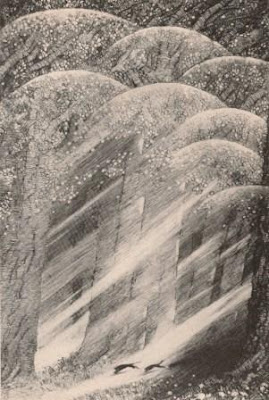 'When we had hunted the moon enough we came back through the wood' - frontispiece for My Talks with Dean Spanley by Lord Dunsany, 1936
'When we had hunted the moon enough we came back through the wood' - frontispiece for My Talks with Dean Spanley by Lord Dunsany, 1936





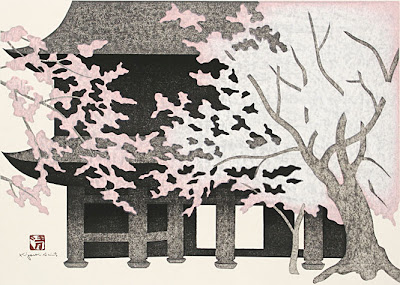





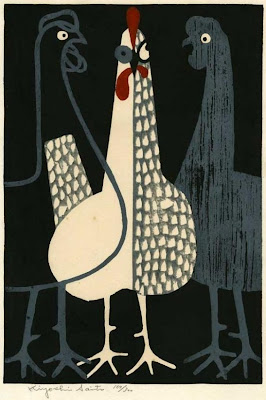




























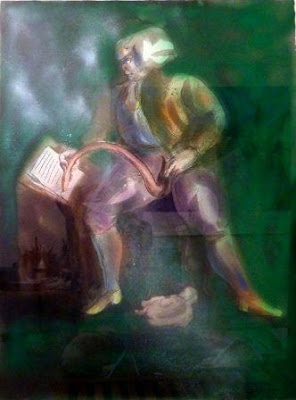

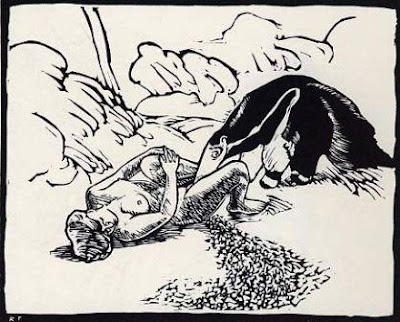


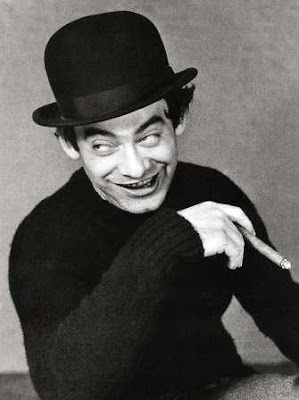























.jpg)


















